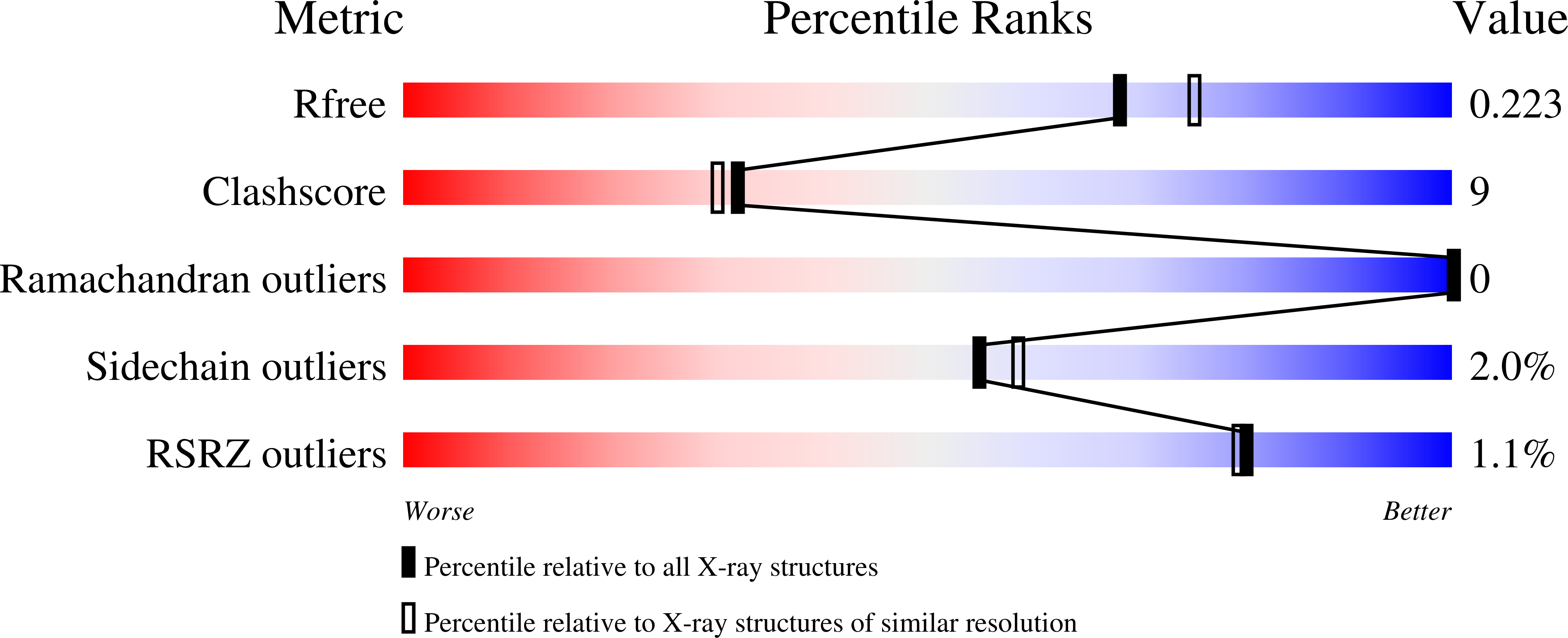
Deposition Date
2006-04-04
Release Date
2007-02-13
Last Version Date
2024-11-06
Entry Detail
Biological Source:
Source Organism:
Elizabethkingia meningoseptica (Taxon ID: 238)
Host Organism:
Method Details:
Experimental Method:
Resolution:
2.00 Å
R-Value Free:
0.21
R-Value Work:
0.17
R-Value Observed:
0.17
Space Group:
P 1 21 1


